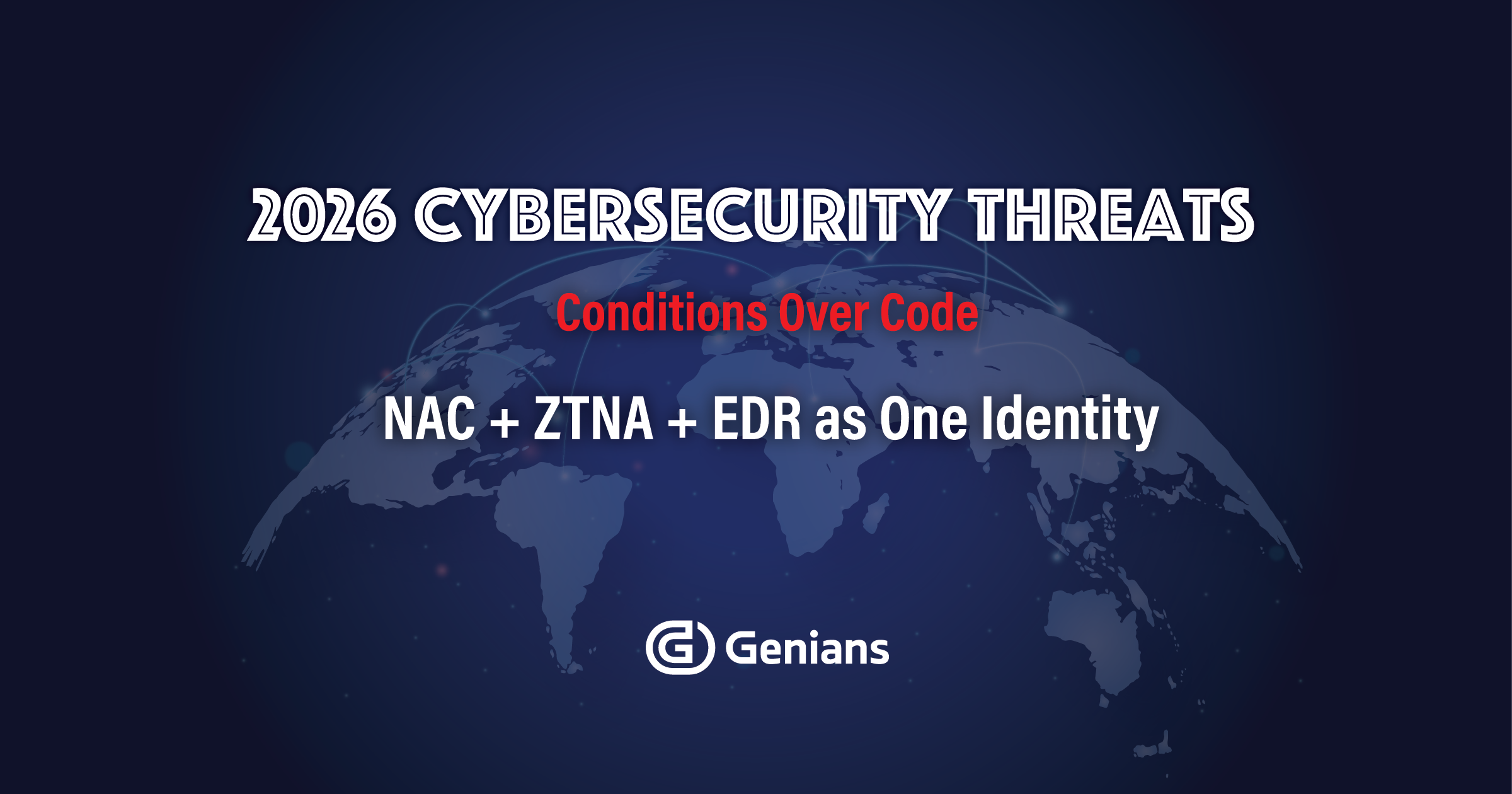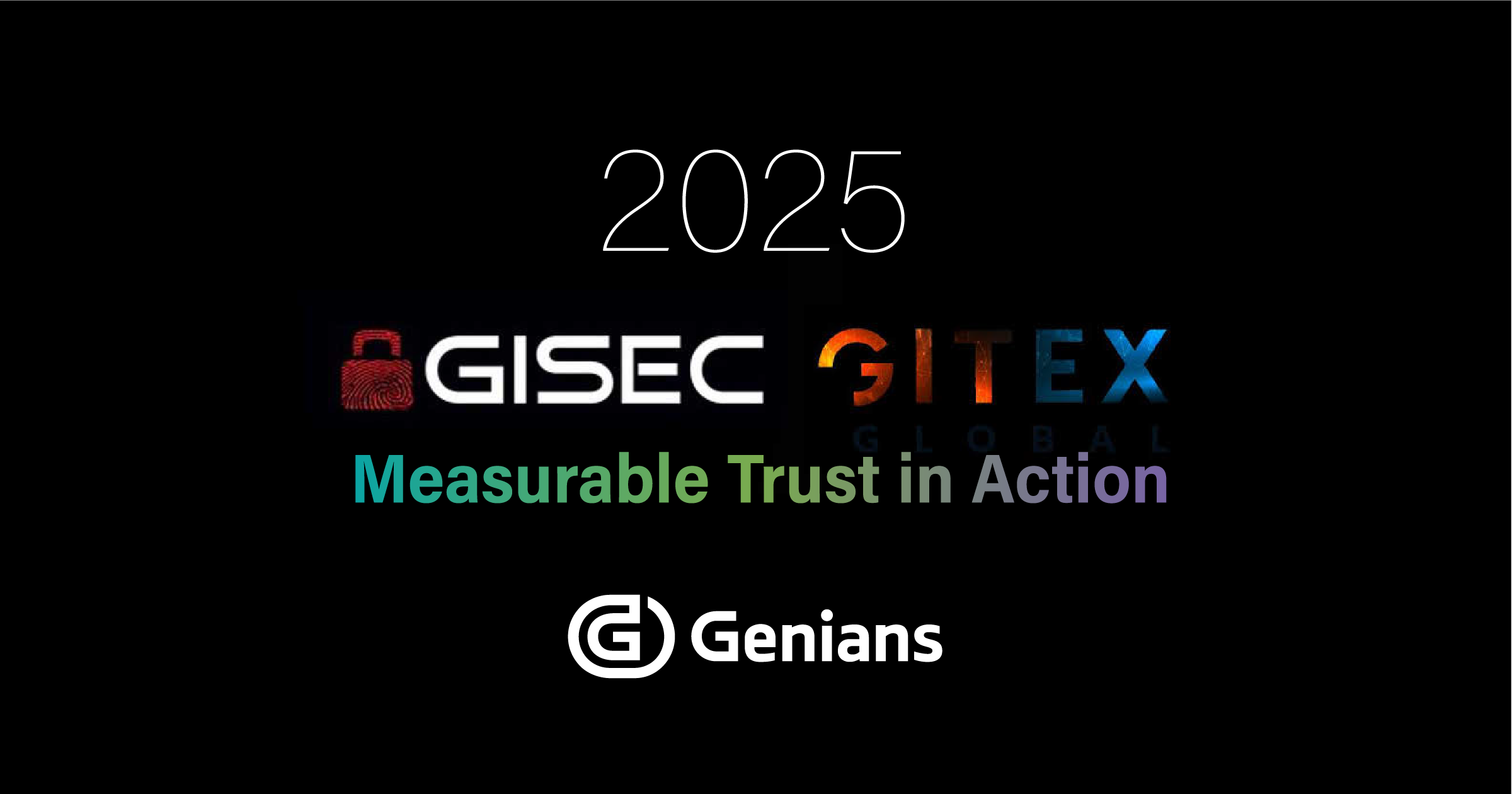Ensuring the security of network environments in educational institutions, including colleges, universities, and K-12 schools, is paramount in order to safeguard sensitive data, protect privacy, and enable uninterrupted learning experiences. Particularly throughout the pandemic, when students were often working from home, a comprehensive IT security strategy needed to encompass the following security measures:
Secure Remote Access
Traditional VPNs encrypt data and ensure confidentiality but often face challenges involving performance issues, scalability limitations, and the need to grant full network access upon authentication. Zero Trust Network Access (ZTNA), however, offers an alternative approach with benefits such as least privilege access, micro-segmentation to reduce the attack surface, user and device authentication orchestrating various methods like AD, SAML2.0, RDBMS, MFA, Google G-Suite, FIDO2, a cloud-native architecture for scalability, and a simplified user experience.
Endpoint Security
Robust endpoint protection software, such as Endpoint Detection & Response (EDR), combined with Network Access Control (NAC) solutions, can be implemented to provide device profiling, policy-based access controls, OS patch management, continuous endpoint security posture check, and simplified onboarding for BYOD and Guest access.
Compliance and Policy
To comply with the Higher Education Opportunity Act, universities are required to implement an education plan to address the illegal use of peer-to-peer or file-sharing networks. Network Access Control (NAC) serves as a valuable educational compliance resource by specifically identifying students with file-sharing programs on their computers, ensuring compliance and addressing the issue directly, rather than enacting policies that impact all students when the majority may not violate copyright or school security policies.
Application Visibility and Control
The combination of Network Access Control (NAC) and Zero Trust Network Access (ZTNA) solutions provides the most effective approach for achieving application visibility, granular access control, and threat prevention for popular applications like Zoom, ensuring a safer and more secure remote learning environment.
Cloud Security
Many educational institutions rely on cloud-based services for storage, collaboration, and learning management systems. Implementing strong security controls for cloud environments, such as encryption, access controls, and regular audits of cloud service providers, ensures the protection of data stored and processed in the cloud.
Regular Security Audits and Vulnerability Assessments
Conducting periodic security audits and vulnerability assessments helps identify weaknesses in the network infrastructure and applications. This enables proactive mitigation of vulnerabilities, reducing the risk of exploitation by cyber threats.
By adopting these security measures and adapting to the challenges posed by remote learning, educational institutions can ensure the confidentiality, integrity, and availability of their network environments. Additionally, considering the evolving threat landscape, institutions may also explore essential security solutions such as Zero Trust Network Access (ZTNA) and Network Access Control (NAC). ZTNA enforces strict authentication and authorization processes across remote, campus, cloud, and even hybrid environments, while NAC solutions validate device health and enforce policy-based access controls, regardless of wherever students and staff come to school equipped with their own, personal devices or use equipment provided by their learning institution. Overall, this combination can provide a holistic approach to mitigating risks, protecting sensitive resources, and fostering a secure learning environment.





